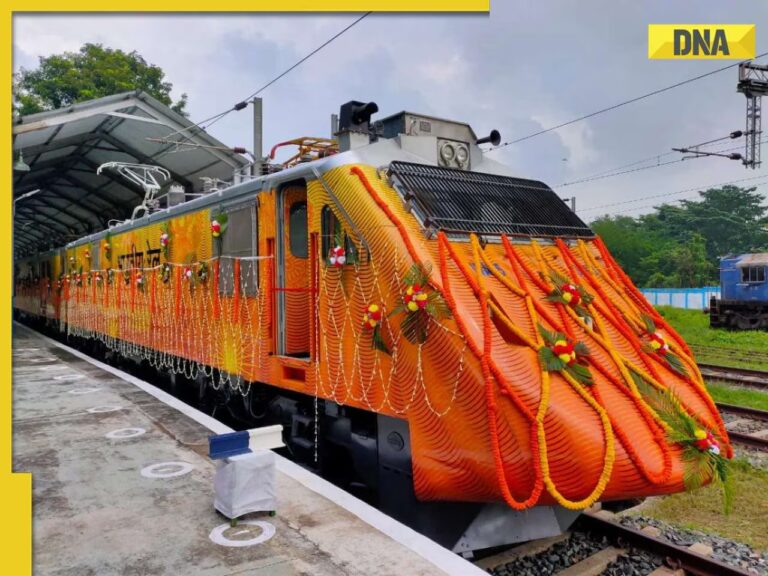India’s first private train was launched in 2019 by IRCTC, connecting New Delhi and Lucknow with premium comfort, speed, and modern features. With higher fares than Shatabdi or Vande Bharat, it offers Wi-Fi, infotainment, and top safety, redefining luxury rail travel in India.
In 2019, India’s railway network entered a new chapter of modernisation with the introduction of the Tejas Express, the country’s first privately operated train. Managed entirely by the Indian Railway Catering and Tourism Corporation (IRCTC), this initiative marked a shift toward customer-oriented and high-comfort train travel. The New Delhi–Lucknow Tejas Express began its maiden commercial journey on October 4, 2019, connecting two of North India’s most important cities: the national capital and the capital of Uttar Pradesh, with a focus on speed, service, and reliability.
A Profitable Start
In its first month of operation, IRCTC reported an operational profit of approximately Rs 7.73 lakh, indicating strong public interest in the new service. The Tejas Express quickly became a preferred option for travellers looking for punctuality, comfort, and a touch of luxury, despite its higher fare compared to other premium services like Rajdhani, Shatabdi and Vande Bharat Express on the same route.
Fare Comparison on the Delhi–Lucknow Route
Tejas Express: Rs 1,679 (AC Chair Car), Rs 2,457 (Executive Chair Car)
Shatabdi Express: Rs 1,255 (AC Chair Car), Rs 1,955 (Executive Chair Car)
Vande Bharat Express: Rs 1,255 (AC Chair Car), Rs 2,415 (Executive Chair Car)
Rajdhani Express: Rs 1,590 (3AC), Rs 2,105 (2AC), Rs 2,630 (1AC)
While the Tejas remains the most expensive among these, passengers often justify the fare for its superior amenities and service standards.
Comfort and Technology on Board
Tejas Express trains are equipped with state-of-the-art features to ensure a premium experience. These include automatic doors, air-conditioned coaches, Wi-Fi connectivity, CCTV surveillance, personal infotainment systems, reading lights and snack trays. The dynamic pricing system used by IRCTC adjusts ticket costs according to demand, similar to airline models, offering flexibility in revenue management.
Built for Speed and Safety
Manufactured at the Rail Coach Factory, Kapurthala, Tejas coaches are engineered to achieve speeds of up to 200 km/h, though current track limitations restrict operations to 160 km/h. The train employs advanced braking systems, including electro-pneumatic assist brakes and steel brake discs, ensuring safety and precision during high-speed travel.
A Symbol of Modern Indian Railways
The Tejas Express stands as a milestone in India’s ongoing effort to modernise its rail infrastructure. With its emphasis on comfort, punctuality, and service excellence, it continues to set benchmarks for passenger experience and operational efficiency. Despite higher fares, travellers view Tejas not merely as a mode of transport but as a premium travel experience, showcasing the future of Indian railways.
Images are for reference only.Images and contents gathered automatic from google or 3rd party sources.All rights on the images and contents are with their legal original owners.

